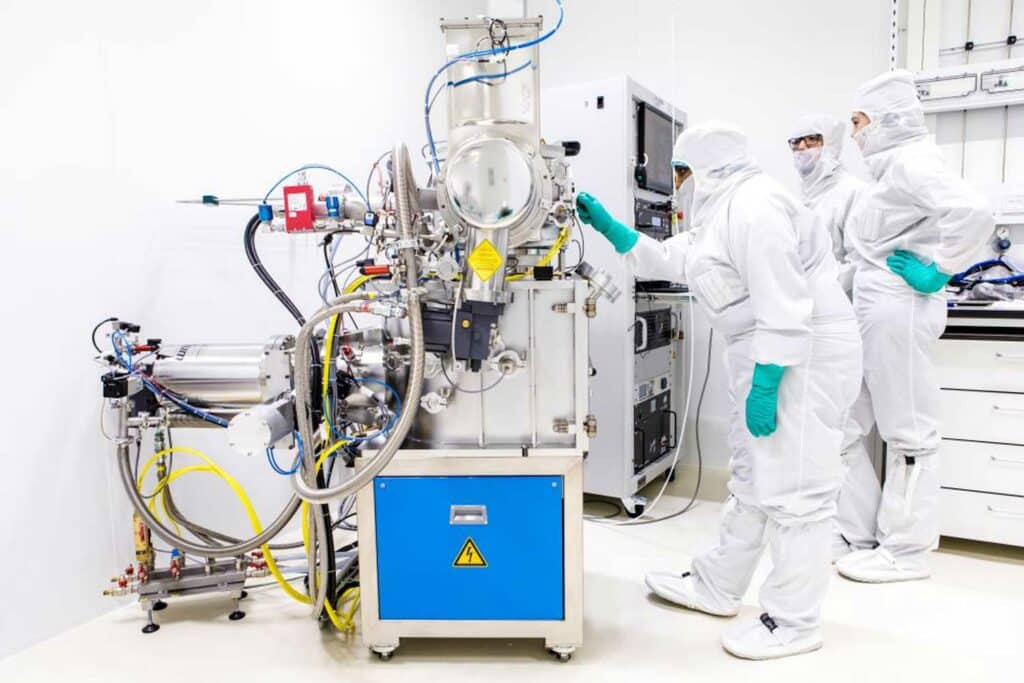An interdisciplinary research team from the Institute of Science and Technology Austria (ISTA) created the world’s tiniest egg using genetics and nanotechnology, marking a significant advancement in reproductive biology. This ground-breaking accomplishment, which measured less than a millimeter, sought to answer open questions in the field of embryology. Sadly, the nano-egg was lost just before it was published in specialized publications.
Teams under the direction of Carl-Philipp Heisenberg and Anna Kicheva focused their investigations on the early zebrafish embryonic stage. Measuring about four centimeters, these fish lay eggs that are only 0.7 mm in size. In addition to working with ants to raise eggs smaller than one millimeter, Professor Sylvia Cremer emphasizes the multidisciplinary teamwork at the Institute that resulted in the fundamental issue, “What is an egg—and how small can it be?”
Cell biologist Calin Guet, the biosynthetic approach, said, “That’s why we egged the in-house nanofabrication and electron microscopy facilities on creating the tiniest ovum ever!”
The researchers were about to publish their monovular twin paper in Nature and Science journals after years of laboratory work with 72 Ph.D. students in burnout: the smallest oval egg in history, with a volume five quadrillionth of a chicken egg.

To put things into perspective, one standard scrambled egg would require 5,000,000,000,000,000 nano-eggs. With a length of 314 nanometers and a width of 271 nanometers, these nano-eggs are smaller than the wavelength of visible light. Therefore, they can only be seen using high-resolution imaging methods, such as those created by the Danzl Group.
The extraordinary invention heralded as a victory for genetics and nanotechnology, has already caused a flurry of enthusiasm in the communities. But in the middle of the celebrations, something unexpected happened: the little egg disappeared out of sight.
Georgios Katsaros, nanoelectronics professor and Vice President for Scientific Resources, said, “Despite the high-security storage, theft cannot be ruled out. The police are investigating.”
Professor Onur Hosten is brooding over his early quantum sensors. Based on the Hausel Group’s field theory eggquations, he describes the object as a quantum egg annihilated with its anti-egg – a fundamental egg that mirrors the original like one egg does the other but with the opposite curvature.